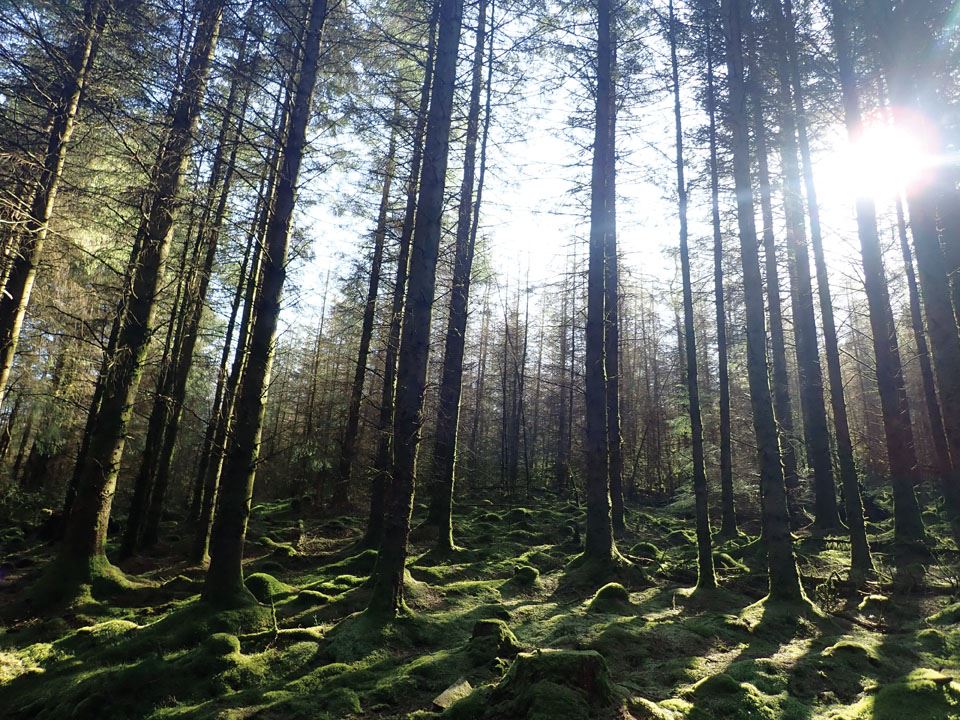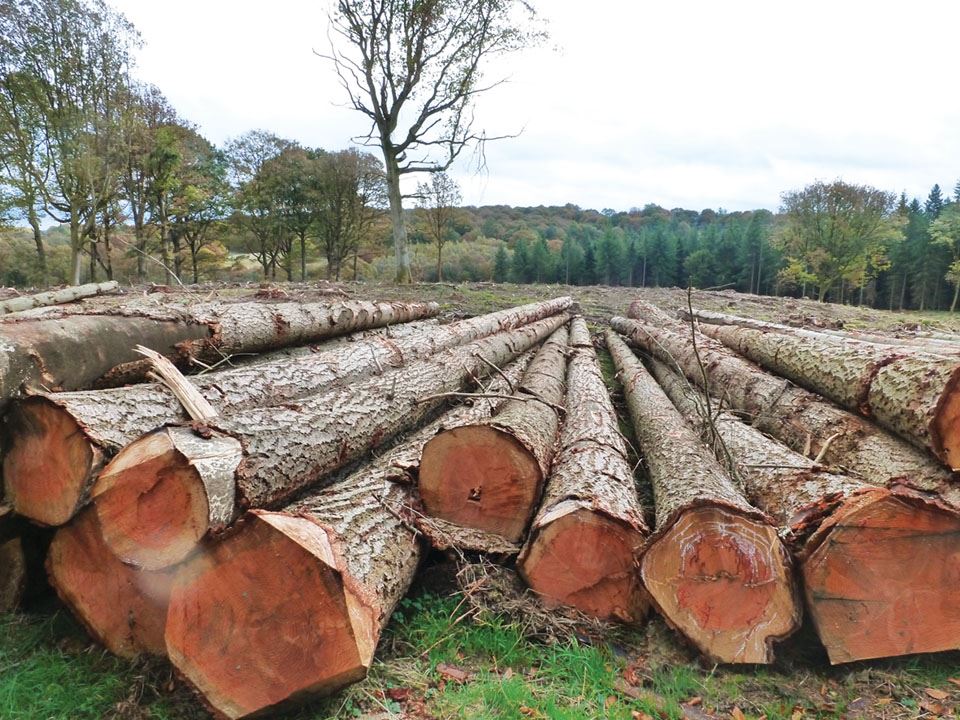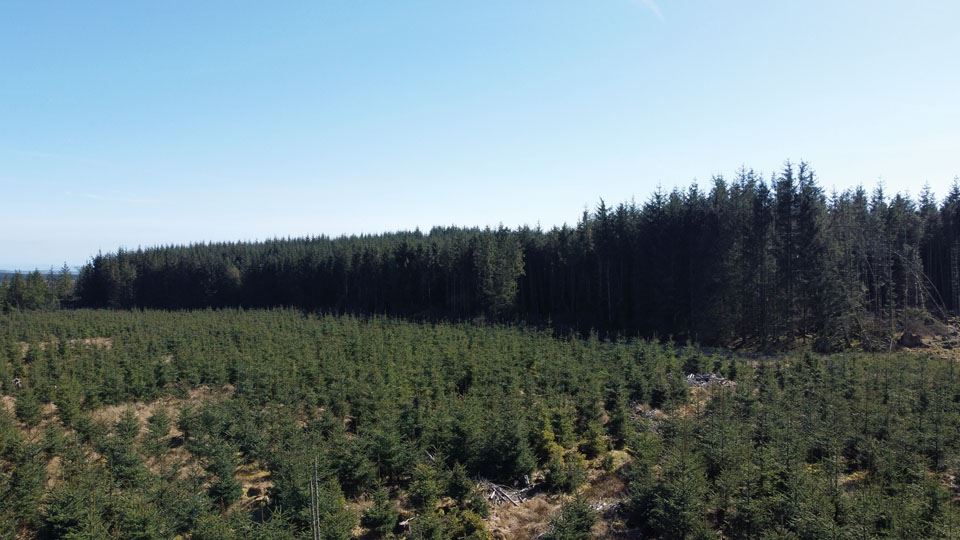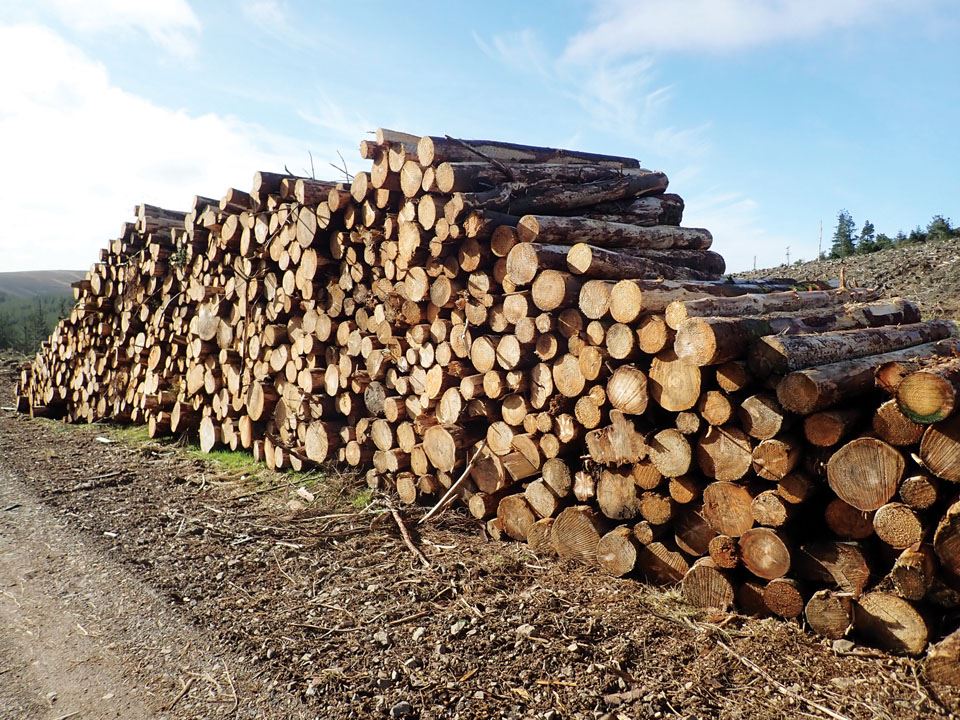Your Local Broker, Internationally
Berthon UK
(Lymington, Hampshire - UK)
Sue Grant
sue.grant@berthon.co.uk
0044 (0)1590 679 222
Berthon Scandinavia
(Henån, Sweden)
Magnus Kullberg
magnus.kullberg@berthonscandinavia.se
0046 304 694 000
Berthon Spain
(Palma de Mallorca, Spain)
Simon Turner
simon.turner@berthoninternational.com
0034 639 701 234
Berthon USA
(Rhode Island, USA)
Jennifer Stewart
jennifer.stewart@berthonusa.com
001 401 846 8404
Forestry, The Green Investment
by Mike Tustin, www.tustins.co.uk
Those with long memories, people like myself, alive and working in the 1990s with a little bit of rural knowledge will remember that woodlands and forests used to be a low value and high maintenance asset that only the wealthiest or extremely financially astute people could afford to own. Even the generous tax savings still offered by Her Majesty’s Government which included Inheritance, Capital Gains and Income Tax relief did little to persuade all but the most persistent.
Fast forward to today, and even just travelling on a train we now hear phrases being used such as “Climate Emergency, Natural Capital, Rewilding and Carbon Offsetting”. Those in the know will realise that this new world is going to treat the owners and ownership of woodland and potential planting very differently. Indeed, since the end of March last year, these phrases have become part of the modern language of the rural sector, as the financial mess being left by COVID is encouraging a surge of desire for woodland and planting land ownership comparable to the desire of people looking for a safe haven for their cash when they buy gold.
Where woodland investment wins hands-down against those traditional investments is that it is the only asset where you can lock in cash that physically grows whilst you own it. No one can steal it and it is very unlikely to be damaged in a house fire. Yes, there is some need for a forestry asset to be looked after but this is relatively insignificant in comparison to the potential return when you examine the figures and consider the timber and carbon markets that now underpin these assets. And don’t forget, you can enjoy visiting your asset and pitch a tent in it, or indeed build a forest chalet in the middle of it to further enhance the value of your ownership of the place.
As with most things in life, success does depend on the effective management of woodland and requires a full understanding of the correct management of both the cash crop and the issues surrounding replanting. Holistic control of wildlife is essential to ensure that the saplings of today turn into the mighty English Oaks, Hornbeam and Beech of the next century, so that they can be enjoyed by our great grandchildren. Ensuring that deer, grey squirrels, rabbits and the like, do not stunt their growth at the start of their lives is key, not just to protect your investment but to ensure that these extraordinary trees which are an essential part of the fabric of our countryside today, have the opportunity to grow to full maturity and thus provide a legacy for future generations.
Of most excitement to myself, a Chartered Forester and Surveyor, is the potential for another busy period of woodland creation rivalling those of the 1960s 70s and early 80s with the aim for this creation being to contribute to carbon offsetting and conservation whilst creating a timber income that provides a basis to the investment. If the current stampede towards planting land ownership by companies looking to get in early and offset their carbon emissions is anything to go by, we really are in for a solid period of reforestation in the UK. Every day at Tustins, we are being contacted by a cross section of the business community who are keen to respond to the Government’s net zero 2050 target and capitalise early before carbon offsetting becomes too expensive. The Government itself also sees the potential that woodland creation offers with each of the devolved parliaments setting seriously aggressive planting targets.
For many in the forestry and woodland world, it is no surprise that the politicians have finally worked out that woodland creation can be a benefit to our economy by reducing timber trade deficit and offsetting our carbon emissions. In the UK, we currently produce between 20% and 30% of the timber needed to satisfy our annual domestic demand. Shockingly, the UK is one of the largest sawn wood importers on the planet, only behind China, the USA and Japan. The world market for timber has serious supply issues with wood sourced from legal sources reducing annually and the UK is becoming increasingly reliant on this turbulent market. Those who are savvy and have an appreciation of the UK timber supply forecasts can also see that without any new woodland establishment, we are going to see a drop in the volume of timber harvested from 2030 onwards. Lower supply is likely to mean that prices will increase further from today’s values, and these are already 20%-30% ahead of the price point in early 2020.
How does this translate into the property market in the UK? In short, the market has been growing for nearly twenty years. Since 2002, we have been seeing a long period of year on- year property inflation. If you speak to our more traditional investors who have been used to sub 3% annual returns on their forestry investments, the current return of between 10% and 20% looks rather impressive. No surprise then, that the few properties that are coming to the market at the moment are achieving record prices.
Where you can add carbon offsetting as a new income stream to the cashflow, often on low-grade agricultural planting land, we are seeing even stronger prices and competition for all but the poorest land. Agricultural land is the only option for this, as existing forests cannot be used to offset carbon emissions. Who would have thought that plant-able agricultural land would fetch in excess of £5,000 per acre offered by forestry investors? This is of course a stark contrast to the lower value of unplantable agricultural grazing land.
The multiple factors driving growth in the sector look promising, indicating a positive outlook for many years to come.
Read Another Article
Download The Berthon Book 2021-2022 XVII (12.4MB)




